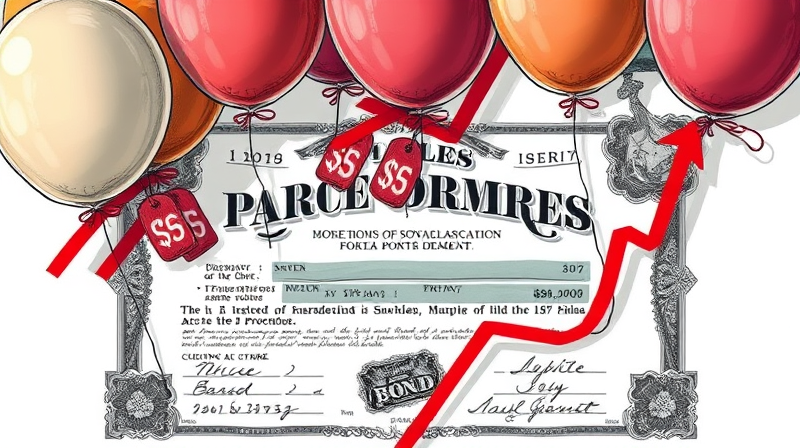
In today’s fast-paced business environment, organizations and investors must navigate the choppy waters of immediate pressures while keeping an unwavering eye on the distant horizon. Striking the right balance between rapid wins and enduring vision is not only an art but a strategic necessity.
Short-term goals typically span weeks to months, focusing on cash flow, stakeholder engagement, and key quarterly metrics. These targets demand tactical agility and quick decision-making to address emerging challenges and seize fleeting opportunities.
By contrast, long-term objectives unfold over years or decades. They articulate a company’s grand vision—market expansion, breakthrough innovation, or sustainable impact. While day-to-day operations keep the engine running, these enduring aims steer the organization toward its ultimate destination.
Overemphasizing immediate metrics can yield a dangerous tunnel vision. When organizations chase quick wins at the expense of broader goals, they risk undermining future competitiveness and stakeholder trust. Conversely, fixating on distant milestones without sufficient attention to current realities invites cash shortages and disengagement.
Market volatility amplifies these risks. Sudden downturns can spur panic-driven decisions, leading to hasty exits and irreversible losses. Remember, time in the market typically beats timing the market; reacting impulsively often crystallizes temporary dips into permanent setbacks.
Consider a leading tech company that prioritized immediate revenue by slashing R&D budgets during a market slump. While their quarterly earnings improved, a rival that sustained innovation investments emerged stronger, capturing new market share and reshaping the industry over the next decade.
In contrast, a small manufacturing firm balanced urgent cash flow needs with a clear 10-year sustainability plan. By setting aside a portion of every quarterly profit for green technology trials, they maintained operations during economic dips and gradually introduced eco-friendly products without sacrificing stability.
These cases illustrate that disciplined integration of horizons empowers organizations to weather volatility and emerge more resilient. Short-term achievements fuel momentum, while long-term objectives safeguard direction.
Another powerful tactic is the analogy of tools and blueprints: treat short-term measures as “wrenches and screwdrivers” for quick fixes, and long-term plans as the “architectural blueprints” that ensure your structure endures through uncertainty.
Humans are wired to favor immediate rewards. Overcoming this bias requires deliberate governance structures—board committees or investment guidelines that mandate review cycles for both short- and long-term metrics. By institutionalizing dual-horizon dashboards, organizations prevent the pendulum from swinging too far in one direction.
Similarly, individual investors benefit from setting separate portfolios or accounts for near-term needs versus retirement ambitions. This separation reinforces discipline: capital reserved for the long haul remains untouched during market tremors, while a tactical pool can satisfy nearer objectives without derailing future plans.
Balancing short-term volatility with long-term objectives is the fulcrum of enduring success. When immediate actions and future visions are woven into a unified strategy, organizations and investors gain both agility and resilience.
By embedding interconnected milestones, maintaining liquidity cushions, and fostering transparent communication, you build a roadmap that adapts yet remains true to your north star. Embrace both the wrenches and the blueprints, and let steady near-term progress illuminate the path toward your grandest ambitions.
References













